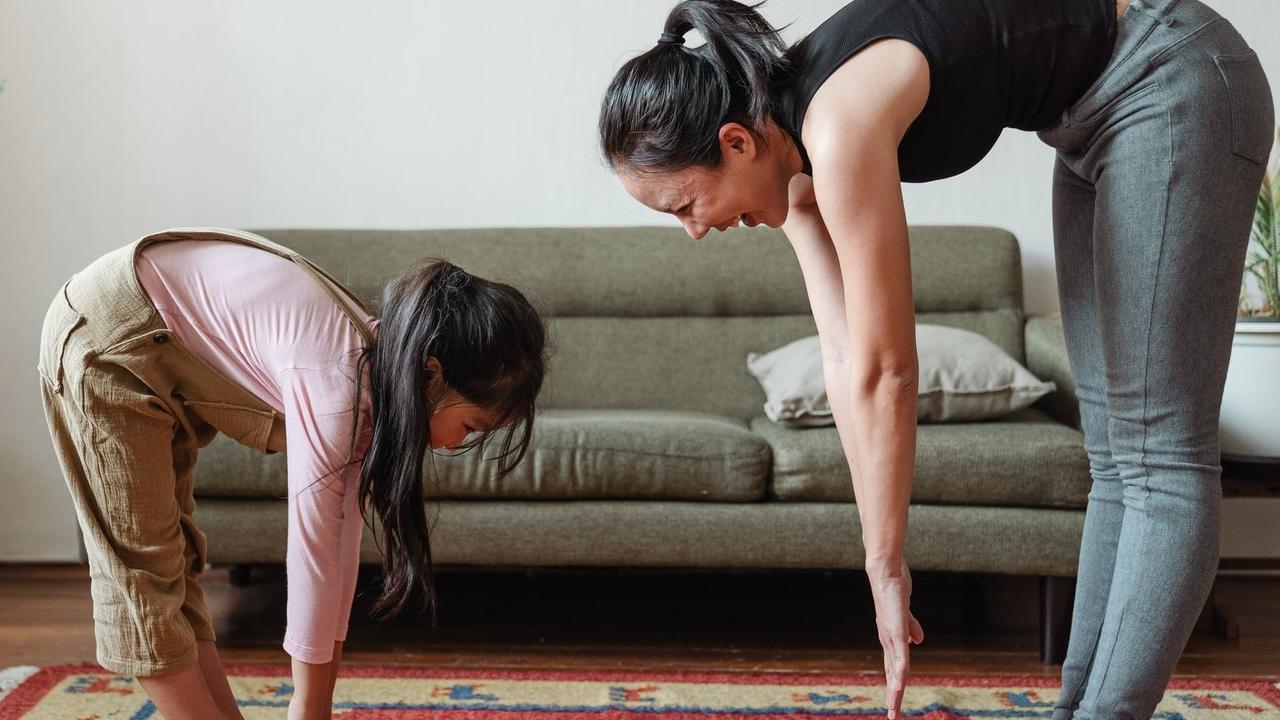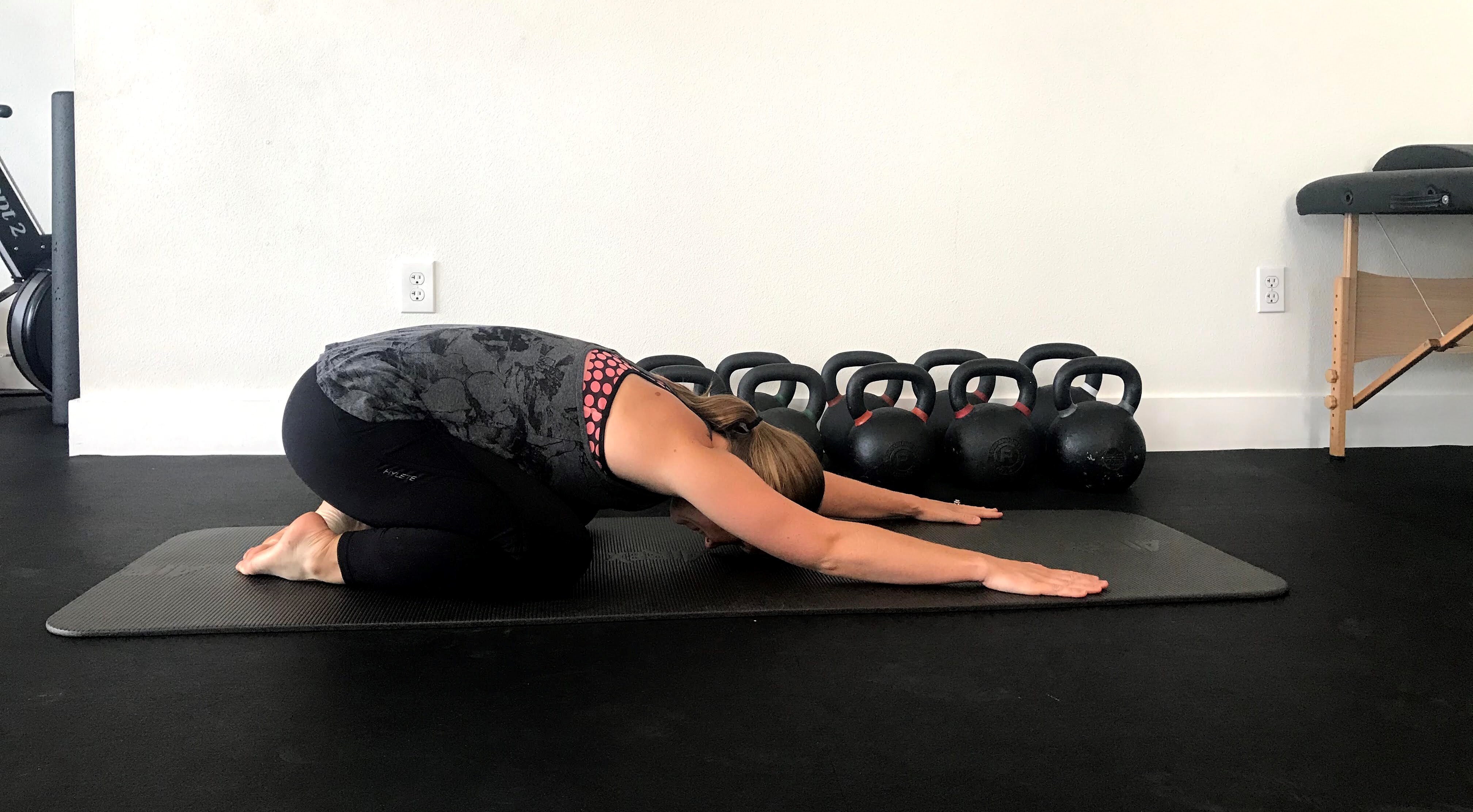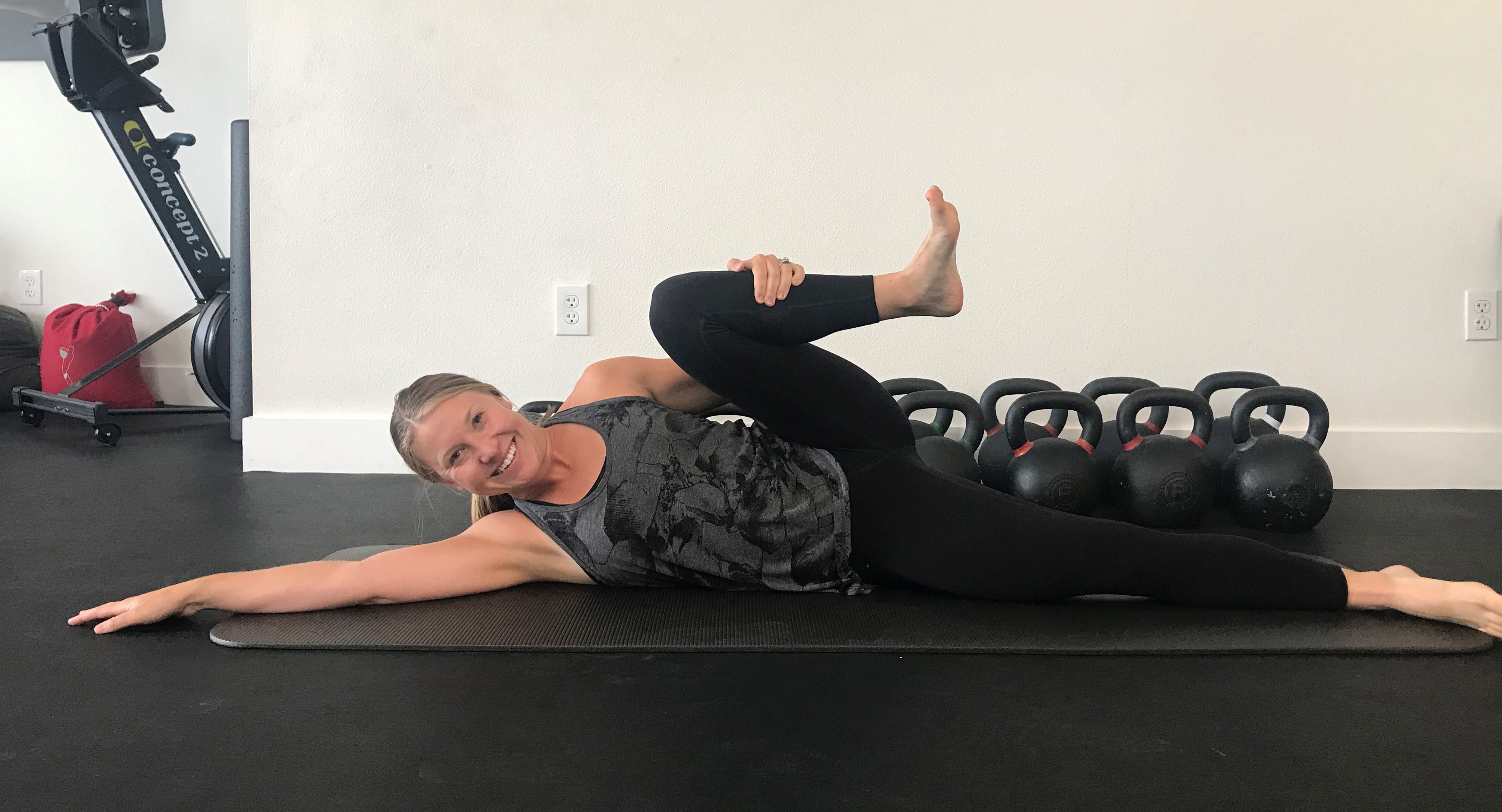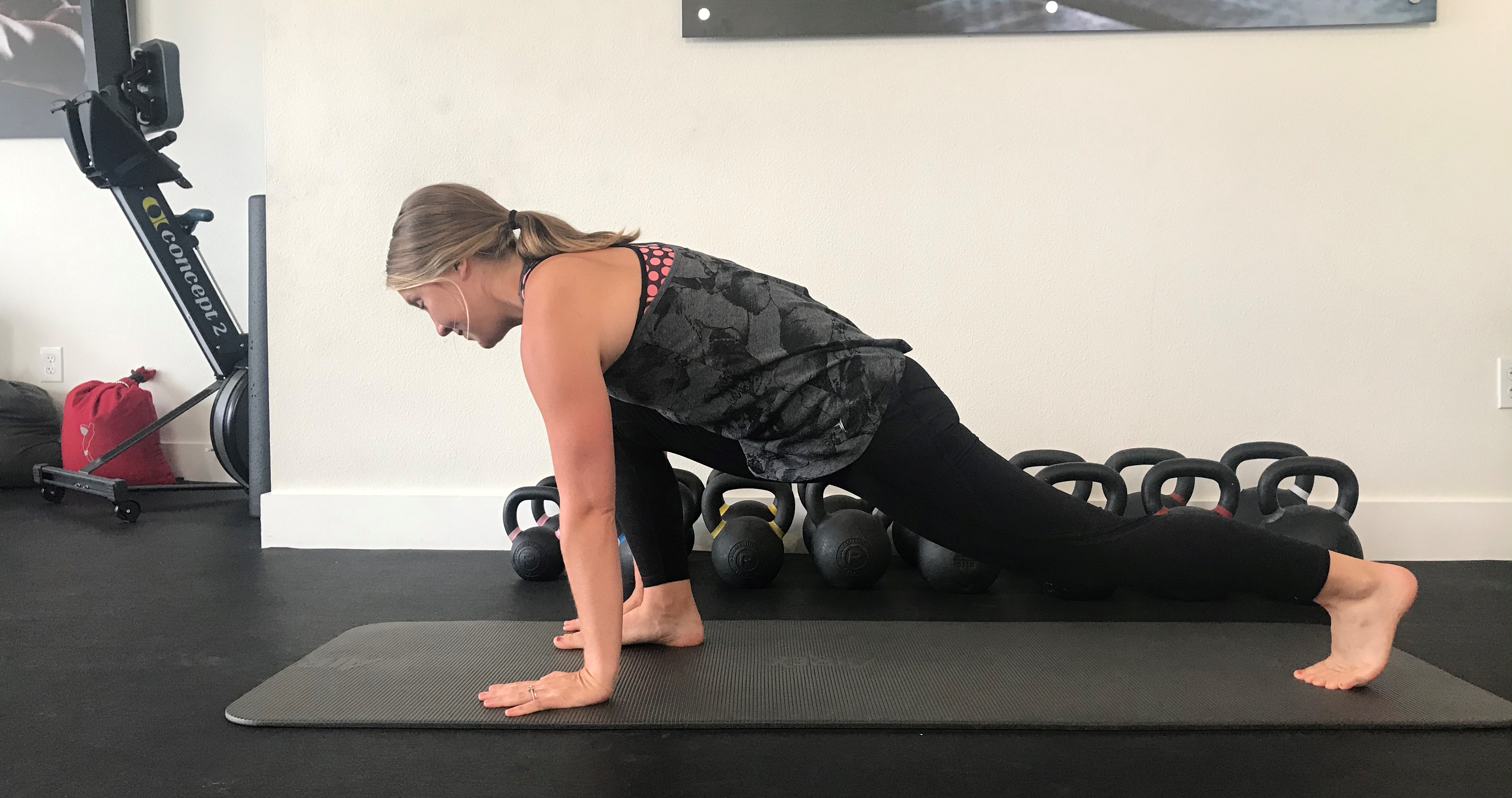What you Need to Know About Pelvic Organ Prolapse
Sep 16, 2020
Have you been diagnosed with pelvic organ prolapse? Receiving a diagnosis like this can be overwhelming. What does it even mean? Many women’s minds go directly to the extreme end of the spectrum of a significant pelvic organ prolapse(POP) because that’s all they've heard about from their great aunt during the holidays or they’ve delved into the abyss of Dr. Google with videos and images to add to the fear.
We all are curious about why we have certain symptoms or diagnoses. How do we move beyond the diagnosis and continue to live a strong and confident life as an active mother?
The powerful thing we want to share with you is there is a wide range of POP symptoms and there is supported research regarding symptom management strategies, treatment and strength exercises that can be done to minimize, significantly reduce or eliminate symptoms of POP.
So, What is Pelvic Organ Prolapse?
Pelvic organ prolapse occurs when one or more pelvic organs begin to drop into the vaginal walls. This can happen more anteriorly from the bladder or urethra, or posteriorly from the intestines or rectum, or from the apex of the vagina or cuff scar after a hysterectomy. The symptoms most commonly reported are vaginal pressure or heaviness, feeling that their insides are falling out of their vagina, low back pain or ache that worsens later on in the day. Depending on the location they may experience difficulty emptying when peeing or pooping or a need to splint for complete emptying. Pelvic organ prolapse can vary on degrees and stages.
What Are the Stages of Pelvic Organ Prolapse?
The stages of prolapse range from 0 (none present) to 4 (full eversion or descent of the tissue). Stage 4 occurs when the organ involved is actually protruding out of the vaginal opening, and this does require surgical intervention. As we mentioned before there are ways to manage symptoms with the lesser degree stages of pelvic organ prolapse. Grades 1 through grade 3 can often be treated with a combination of physical therapy and supportive devices. For patients participating in physical therapy, the primary focus for these patients is often addressing the causative factors that lead to prolapse and supporting the weakened vaginal wall.
What causes Pelvic Organ Prolapse?
More often than not the occurrence of pelvic organ prolapse is a combination of lifestyle and situational factors. For example pregnancy and childbirth are known to contribute or cause symptoms. Other common causes: trauma with childbirth (instrument assisted delivery, prolonged pushing stage of labor), tissue restriction from healing cesarean scars or perineal scars, chronic pelvic floor muscle overactivity, activities that increase pressure in the abdomen (chronic constipation, improper breathing with weight lifting, chronic obstructive airway disease), hormone changes during menopause, pelvic surgery, congenital factors, race (Caucasian women are at higher risk). The increased number of risk factors will increase the likelihood of prolapse.
So, What’s a Girl to Do? [Treatment and Strategies]
In our practice I find most women are mismanaging pressure with activity and have pelvic floor muscle overactivity, which leads to the inefficiency in the muscles ability to recruit and contract to its full potential which presents as weakness. Many women are told to do “kegels” as if that’s the magic solution to anything related to the pelvic floor, which is not the case.
Lifestyle and symptom strategies:
-Avoid “pee pushing” or straining when starting the flow to urinate as this will increase pressure into the already weakened vaginal wall.
-Get a Squatty Potty (or use a step stool) for better body mechanics with pooping and peeing. These allow assistance for the pelvic floor muscles to relax when using the restroom to prevent straining, bearing down and toileting with ease.
-Address symptoms of constipation (see our Why You Should Give A Crap for actionable strategies)
- Breathe! Inhale and most importantly exhale. When breathing appropriately the exhale naturally will increase the pelvic floor muscles contraction which can support our core and pelvic floor. When we hold our breath we increase the pressure in our abdomen which can increase pressure to the pelvic floor and vaginal wall. I love this analogy for the exhale to “sip through a straw” but from your the vagina. Draw in your lower abdomen and pelvic floor as if you were trying to sip a smoothie through a straw in your vagina. By engaging your pelvic floor and lower abdomen (at the same as you exhale), you are supporting the more vulnerable tissues of your vaginal wall.
-Find a balance between your activity level and exercise routine. Varying your training if you’re doing weight training, HIIT and bootcamp all the time, try to sprinkle in some stretching, yoga and mobility exercises to help length the pelvic floor and minimize the overactive pelvic floor muscles.
Some of our favorite stretches include: child’s pose, knee to chest stretch, butterfly, pigeon, deep squat, piriformis stretch, cossack squat and spiderman lunge.
Child's Pose variation

Single Knee To Chest Stretch Variation

Spiderman Lunge

- Exercise for the pelvic floor and abdominal wall
- Modify any activity that causes increased pelvic heaviness or pressure, urine leakage, pelvic or low back pain, or protruding of your tissues out of the vaginal opening.
-Pessary (must be fitted by OB/GYN, Urogynecologist)
- Work with our Pelvic Health Physical Therapist. We offer online sessions and in-person sessions to help!
Although the initial diagnosis of prolapse may be a shock, our hope is that you now know a lot more about what it is, why it happens and actionable strategies to get you on the right path.
We’re in your corner to provide encouragement and help you learn more about how your body can recover, heal and strengthen to build movement confidence in your fourth trimester and life beyond as an active mother.
Most people don’t know how to stay healthy and fit without getting hurt. At Inside Out Strength and Performance we provide a clear plan to get you in the best shape of your life, without getting injured, so that you can be active and confident that you’ll feel your best for years to come.
We help North County San Diego’s active adults and runners dealing with pain or injury get back to living a pain-free, strong, and confident life.
We are the Strength Docs who help active adults and runners live a strong, confident, and pain-free life. Fill out our contact form here to get a clear plan and get started.
Are you feeling embarrassed, frustrated or tired of leaking limiting your workouts and active lifestyle as a mother? I put together a free download for mothers like you to help guide your return to exercise and build up your fitness routine and get healthy, strong and confident in your health. Click here to learn more about the Leakproof Running Guide For The Postpartum Woman.
